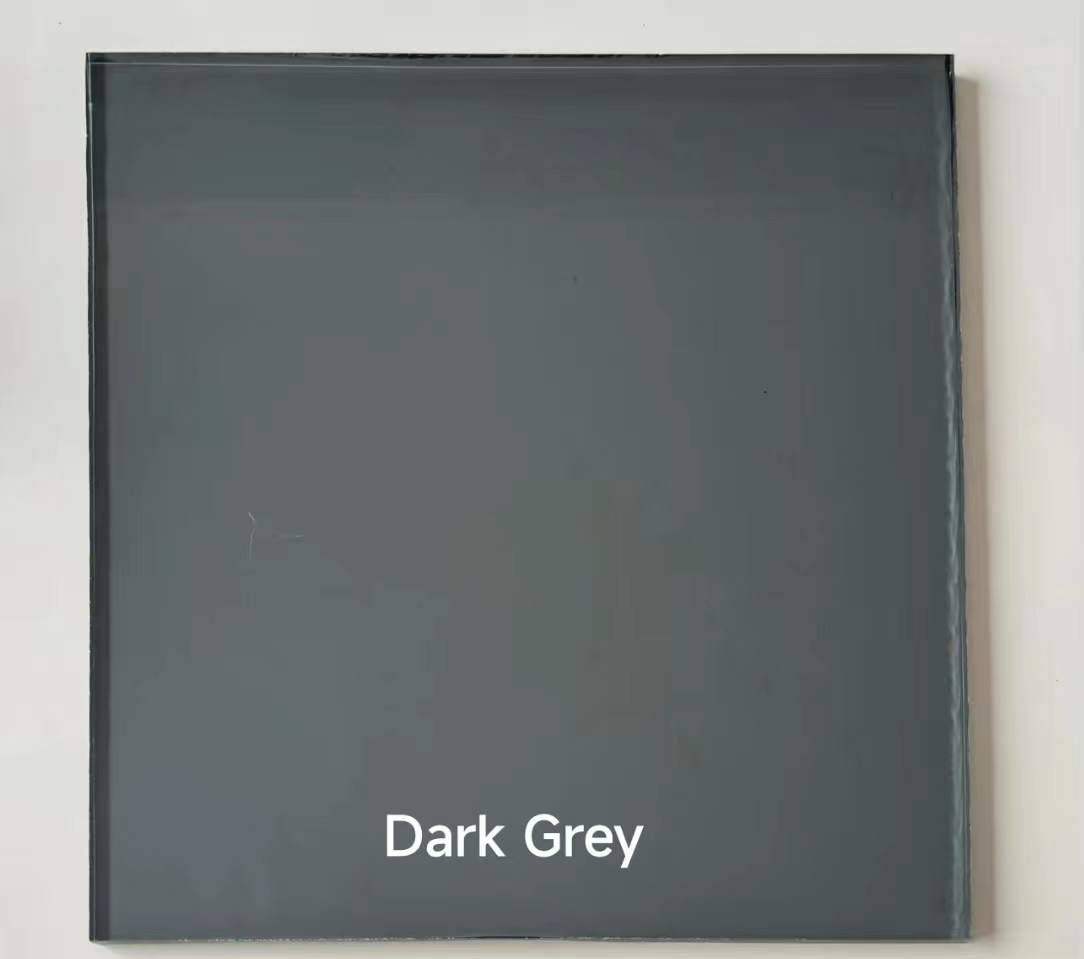

The Aesthetic and Functional Appeal of Reflective Tempered Glass
In the ever-evolving world of architectural design and modern aesthetics, reflective tempered glass has emerged as a material of choice for architects, designers, and builders alike. This innovative glass embodies a unique combination of visual appeal, functionality, and safety, making it ideal for a wide range of applications, from commercial skyscrapers to residential homes.
The Basics of Reflective Tempered Glass
Reflective tempered glass is a type of safety glass that undergoes a special heat treatment process. This procedure significantly enhances its strength, making it more resistant to thermal stress and physical impact compared to regular glass. The reflective coating applied to the glass provides a mirrored finish that not only adds a sleek aesthetic but also offers practical benefits in terms of energy efficiency and privacy.
The reflective property of this glass is primarily achieved through the application of a thin metallic coating. This layer reflects light, which can help reduce heat gain in buildings, particularly in warmer climates. As a result, reflective tempered glass can play a crucial role in minimizing energy costs associated with air conditioning and heating.
Aesthetic Appeal
One of the standout features of reflective tempered glass is its visual impact. The sleek, modern appearance it provides can transform the external façade of any building. It can imbue structures with a sense of sophistication and elegance, making them stand out in their environments. The reflective surface can also create interesting visual effects throughout the day, as it changes in response to varying light conditions.
Not only does it enhance the beauty of a building, but reflective tempered glass can also create a harmonious balance with the natural surroundings
. It mirrors landscapes, skyscapes, and urban environments, allowing buildings to seemingly blend into their settings while providing stunning views from within.Energy Efficiency and Sustainability
In today’s environmentally conscious society, energy efficiency is paramount. Reflective tempered glass contributes significantly to sustainable building practices. By reflecting a large portion of solar radiation, this glass minimizes heat absorption, which can lead to lower energy use for cooling systems. This property helps buildings meet increasingly stringent energy codes and standards, thus promoting sustainability.

Moreover, the durability of tempered glass ensures a long lifespan, reducing the need for replacements and minimizing waste. Its strength also means that it can withstand extreme weather conditions, contributing to the overall resilience of a structure.
Safety and Comfort
Safety is undoubtedly one of the primary advantages of tempered glass. The process of tempering subjects the glass to high temperatures, followed by rapid cooling, which increases its strength significantly. In the event of breakage, tempered glass shatters into small, blunt pieces rather than sharp shards, thereby reducing the risk of injury.
In addition to safety, reflective tempered glass offers enhanced comfort for building occupants. The reflective coating not only minimizes glare but also helps maintain a consistent internal temperature. This can create more comfortable living and working environments, leading to increased productivity and well-being for occupants.
Applications
The versatility of reflective tempered glass makes it suitable for a variety of applications. In commercial buildings, it is often used in façades, windows, and curtain walls, creating a modern look while improving energy efficiency. In residential settings, it is increasingly used in windows, sliding doors, and even shower enclosures, providing homeowners with both beauty and practicality.
Furthermore, reflective tempered glass is also gaining popularity in interior design. It can be used in partitions or as decorative elements, allowing for open, airy spaces while providing necessary privacy.
Conclusion
Reflective tempered glass represents a remarkable fusion of aesthetics, functionality, and safety, making it an indispensable material in modern architecture. Its ability to enhance visual appeal, promote energy efficiency, and ensure safety puts it at the forefront of contemporary design. As buildings continue to evolve and adapt to the needs of society, reflective tempered glass will undoubtedly play a crucial role in shaping the future of architectural innovation. Whether in urban skyscrapers or cozy homes, this glass brings together beauty and practicality in a way that few materials can match.